
Given the above, it would seem that kickouts would receive some examination in the scientific journals. They have. However, the literature is sparse. This is probably due to the limited extent of the market for these statistics (and for gaelic football itself). One paper dedicated to the subject was published in the Journal of Sports Analytics in 2018. Darragh Daly and Roisin Donnelly examined the speed and distribution of kickouts in gaelic football.
The paper by Daly and Donnelly fulfils an often undervalued role for scientifc papers. It confirms what a priori reasoning would suggest and provides a quantitative baseline for future work. The results are reasonable. They find that teams are more likely to retain possession when kickouts are taken quickly, travel a short distance, and when they travel to the sides of the field where there is more space.
Many a gaelic football fan will be unimpressed with such findings. They might claim it was obvious to anyone who ever watched a game, gave the game a moment's thought, or read some of the excellent journalism on the game (here is a link to the Irish Times article from which the picture in this blog is sourced). However, that is exactly the point. It quantifies and confirms some basic "truths". It helps paint a picture of the game at a point in time. It adds to our understanding of the game.
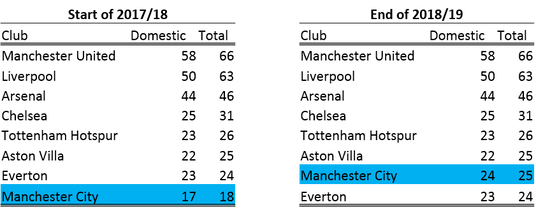
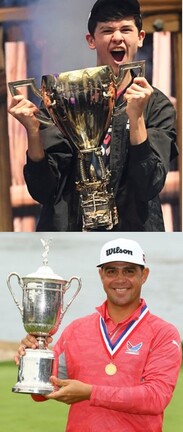


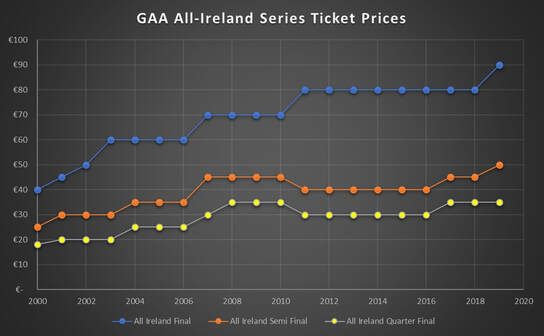
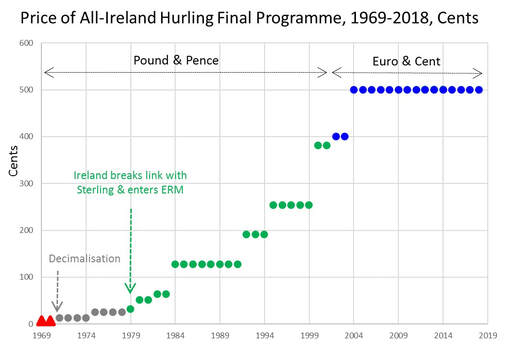
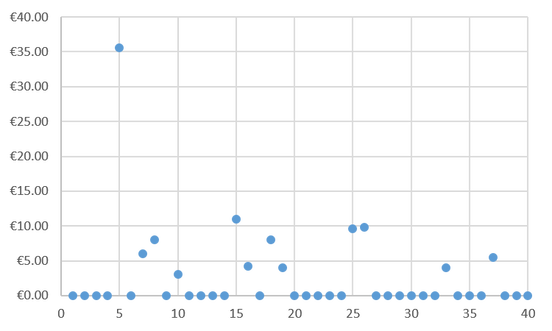
 RSS Feed
RSS Feed